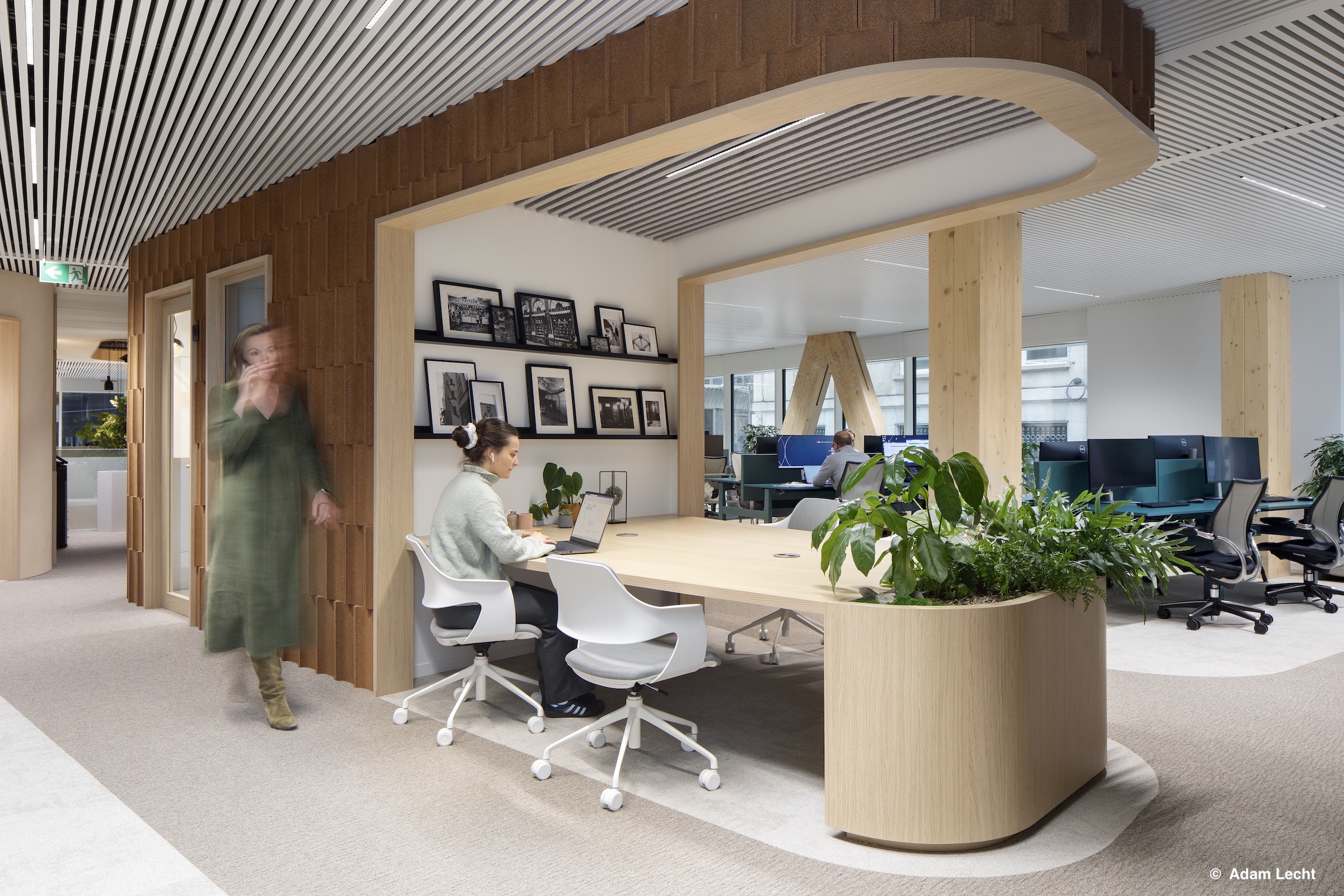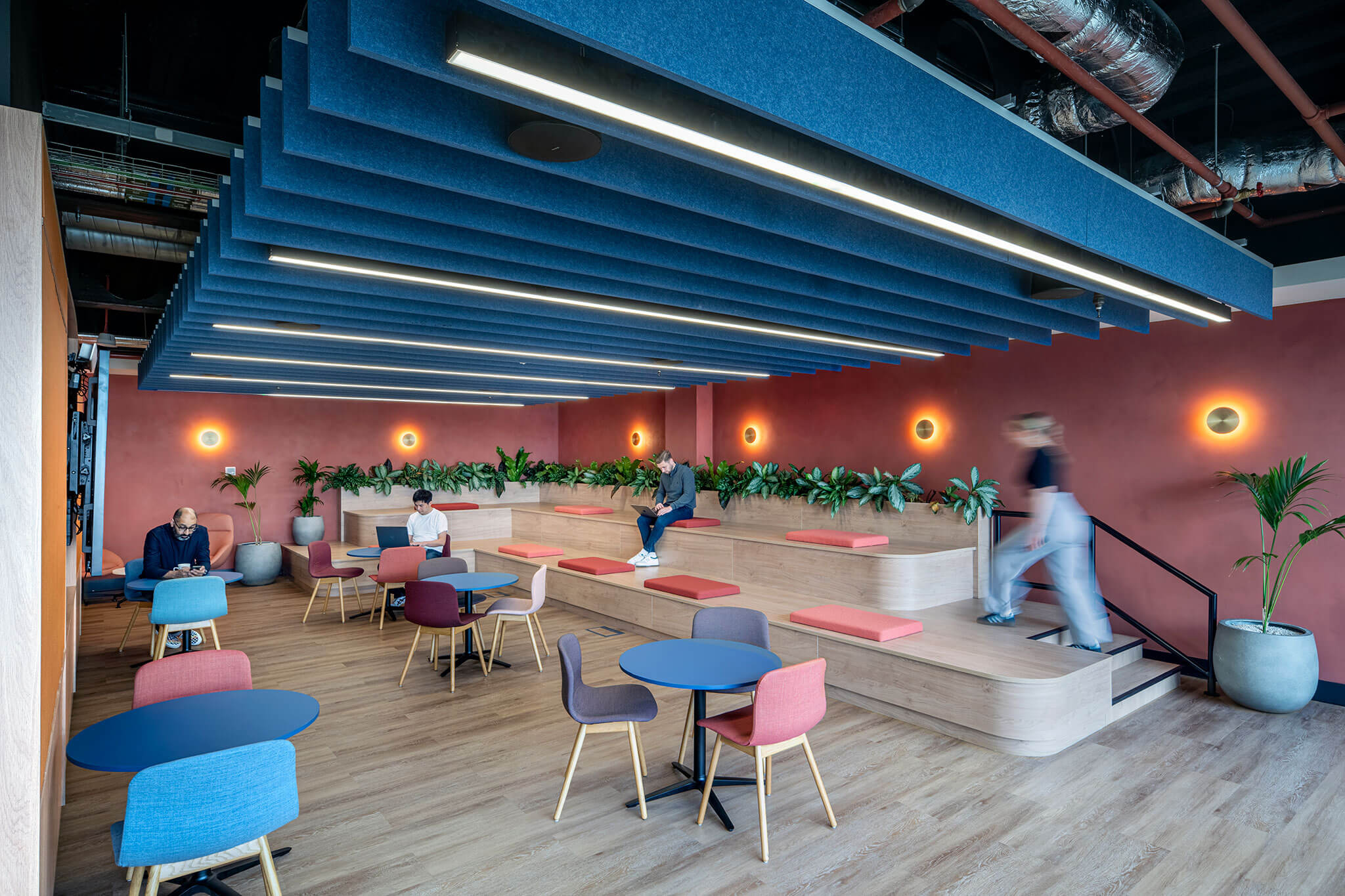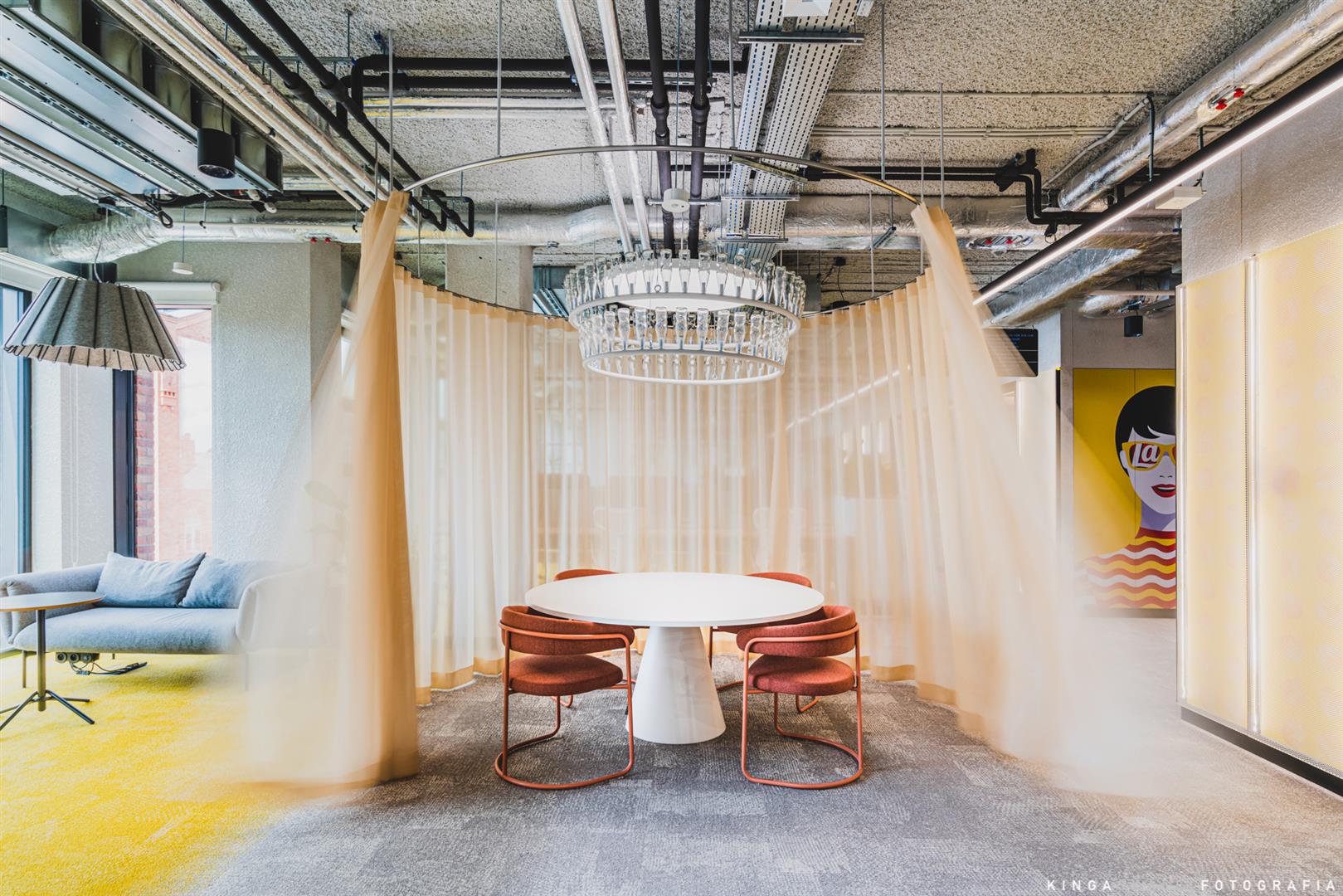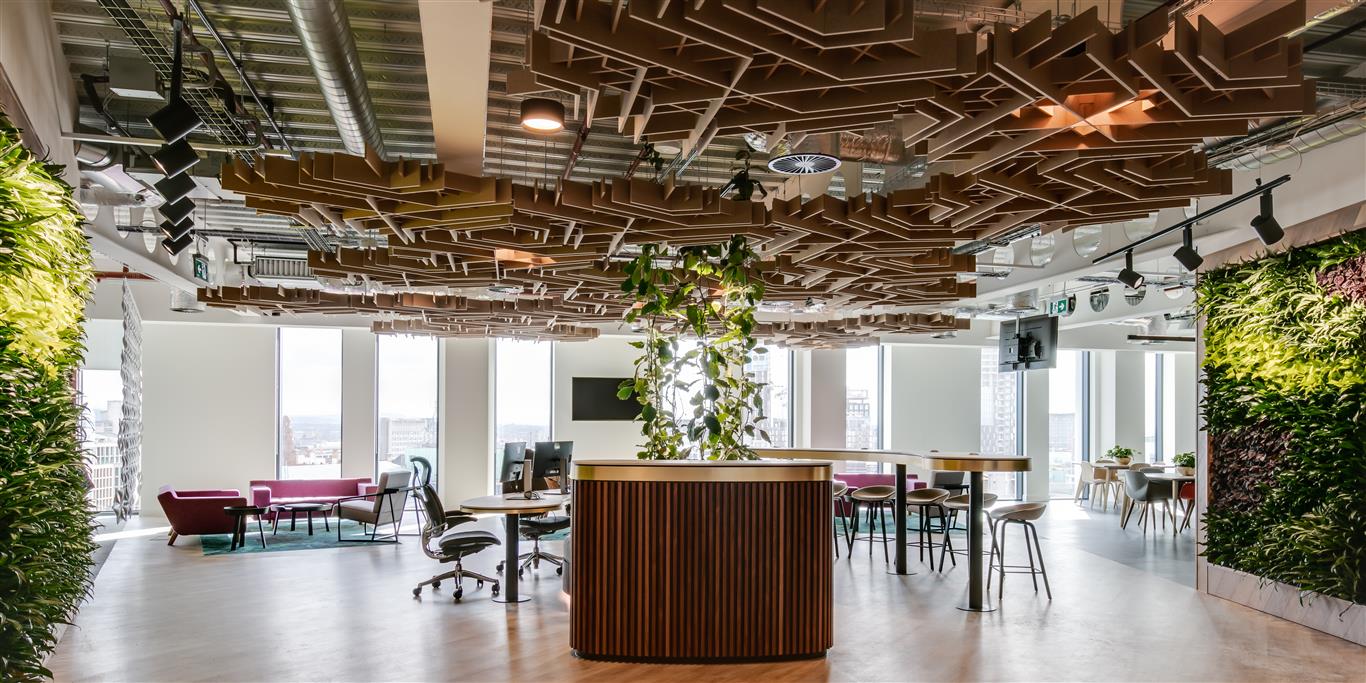Drawing on extensive insights from corporate real estate decision-makers and data from 25 countries, JLL identifies key cost trends that will shape the future of office fit-outs across EMEA. Increased focus on office attendance, coupled with cost pressures and market uncertainty, are shaping decision making, while sustainability and technology integration remain high priorities.
Forward-thinking organisations are leveraging cost-effective design strategies to create spaces that not only meet functional needs but also enhance user experience, foster community, and drive sustainability. JLL outlines four key cost trends that will continue to shape future office fit-outs:
1- Balancing return to office with cost-effective solutions
With the continued push for increased office attendance, there’s a growing focus on creating high-quality spaces that enhance employee experience and performance. JLL’s research reveals that while 65% of organisations in EMEA have adopted hybrid workplace policies, 61% are focused on increasing utilisation, and 44% plan to increase office-based workdays over the next five years.
“We’re moving away from creating separate spaces to building full experiences,” says Adrian Davidson, Global Design Advisory Lab Lead at JLL. “This means bringing together smart space design, useful technology, and budget-friendly ideas to make workspaces that excite and inspire people, helping them do their best work.”
To support this trend, designers and corporate real estate leaders are focusing on reconfiguring existing spaces to support social activities, maximising value from current assets by enhancing employee experience and collaboration opportunities.
The average office fit-out cost for a moderate style, medium-quality office in EMEA is €1,823/sqm, providing a benchmark for organisations planning their fit-out strategies.
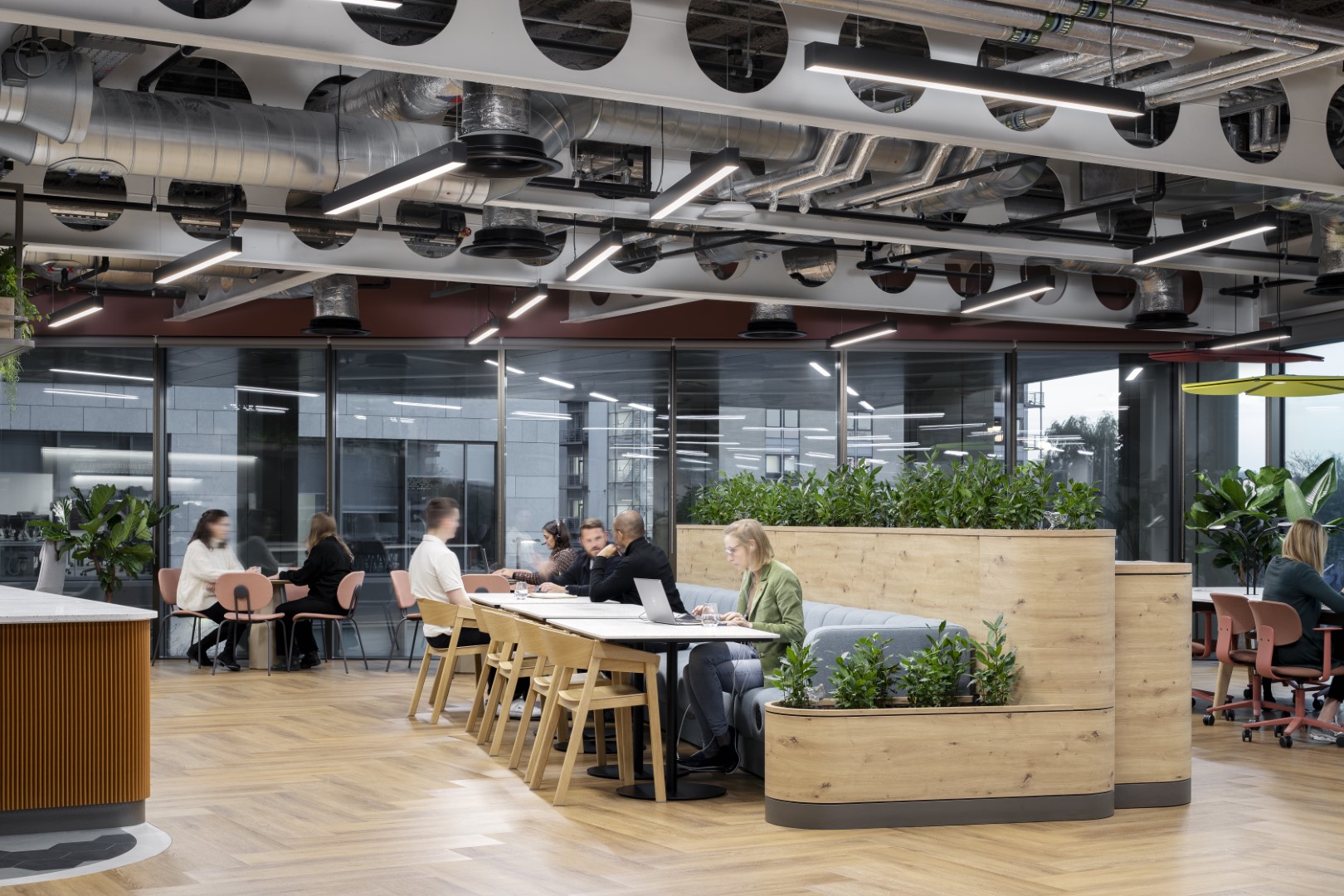
2- Navigating cost pressures across EMEA
The fit-out market continues to face challenges, including increased material costs, labour shortages, pressure on project timelines, and budget constraints. While inflation has stabilised in many countries, ongoing political and global economic uncertainty is once more increasing the risk of further price increases.
JLL’s research shows that 73% of markets assessed anticipate construction prices to increase again in the next 12 months. Northern Europe and the UK & Ireland have been particularly exposed to high inflation, material costs, and labour wages in recent years.
“The future of office fit-outs is in flux, with debates over cost-effective solutions and sustainability integration posing challenges for designing valuable and long-term workplace solutions,” says Andrew Hudson, Head of Cost Management at JLL UK. “However, despite our focus on the close management of cost, we must not overlook the importance of creating environments where people can truly thrive.”
3- Prioritising sustainability in fit-out investments
As global building stock ages and ESG requirements increase, sustainability remains a top driver for office fit-outs across EMEA. JLL’s research shows that 68% of Corporate Real Estate leaders in EMEA plan to increase investment in sustainability performance over the next five years, with sentiment strongest in the Middle East, the UK, and Italy.
The report notes that organisations face challenges in meeting sustainability requirements due to limited suitable stock and high costs of upgrading older buildings. To address these challenges, early planning and integration of sustainability targets in fit-out projects are crucial.
Effective design strategies for sustainable fit-outs go beyond energy efficiency and functional upgrades. They embrace a more holistic approach that integrates local identity, culture, and community connection while managing costs effectively.
4- Harnessing technology for cost-effective and smart fit-outs
The convergence of technology and cost-effective design is opening up exciting opportunities in the fit-out field. This trend goes beyond efficiency gains, focusing on increased data integration in creative processes and wider collaboration opportunities between designers, contractors, and suppliers.
Technology integration is at the forefront of enhancing hybrid work environments across all office typologies. Companies are investing in improved and extended AV systems for both individual and collaborative workspaces. Additionally, an increasing number of organisations are implementing utilisation monitoring to manage attendance strategies and optimise occupancy patterns.
“Despite ongoing cost pressures for Corporate Real Estate functions, technology investments aimed at improving energy and operational efficiency are likely to take priority in capital planning,” says Ruth Hynes, Global and EMEA PDS Research Lead. “These investments reflect a strategic approach to balancing the demands of hybrid work with the need for cost-effective, sustainable office spaces.”
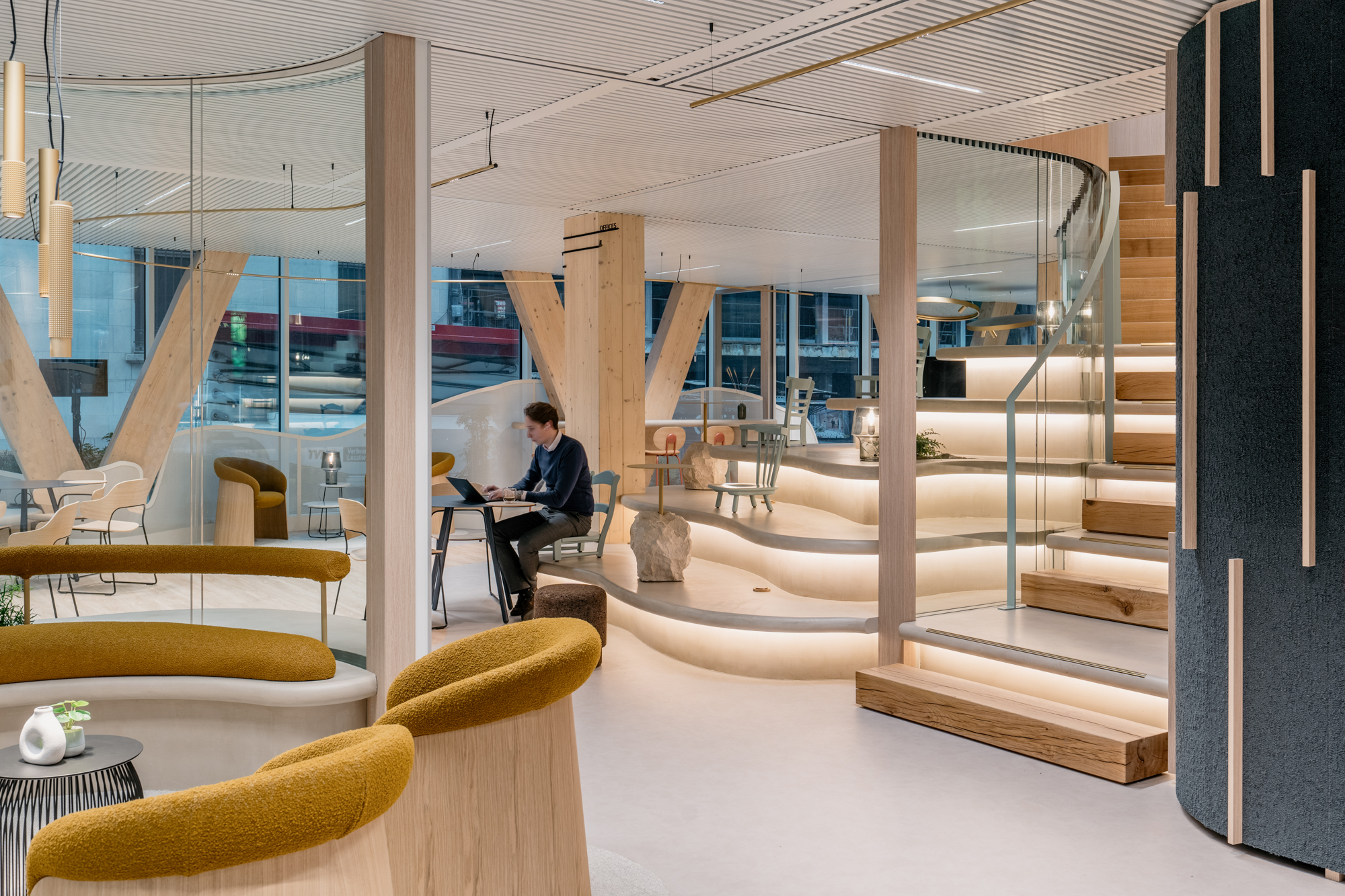
As the office fit-out industry navigates these trends, JLL emphasises the importance of data-driven design strategies, early integration of sustainability targets, and new partnerships to connect fit-out investments to broader outcomes such as talent attraction and operational efficiency.
The future of office fit-outs in EMEA is evolving towards creating multifaceted spaces that are not only cost-effective but also focus on experience, community-building, sustainability, and human-centric design. Organisations adopting these strategies are likely to create environments that attract talent, enhance productivity, and contribute positively to their bottom line.

For more detailed insights, read the full JLL report on EMEA Office Fit-Out Cost Guide 2025.
